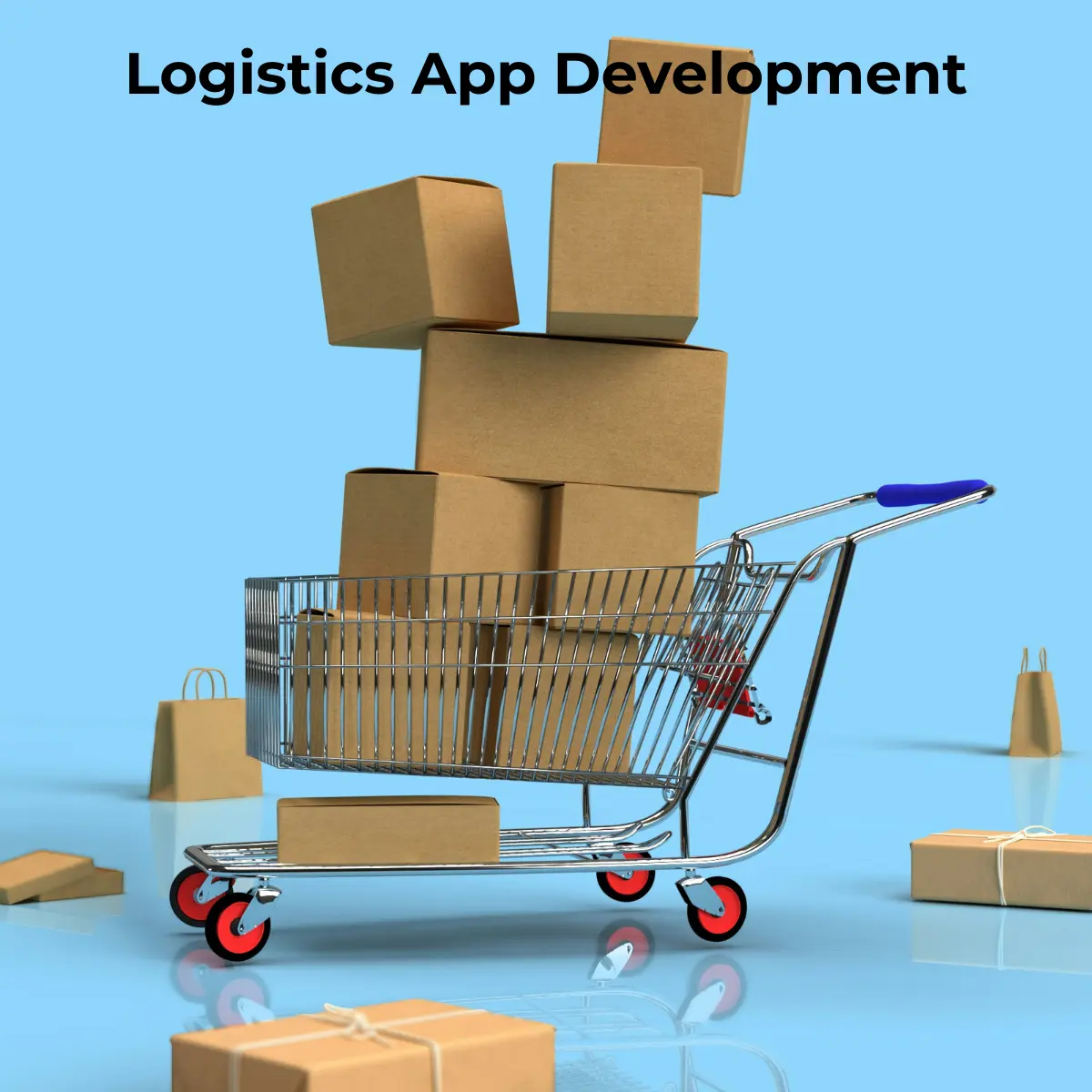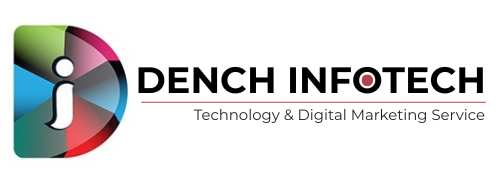
Logistics App Development: A Complete Guide
- September 14, 2025
1. Introduction: Why Logistics App Development Matters
I’m glad you’re here—because if you’ve been anywhere near logistics or supply chain in the past few years, you know it’s a space buzzing with transformation. Think about it: we’ve gone from drivers calling dispatchers for updates to customers tracking their parcels in real time on a map. From manual ledgers in warehouses to mobile apps that manage inventory with a single scan. From the endless “where’s my order?” calls to automated push notifications that just work.
It is what is interesting to me about logistics app development. It is not about writing code, it is about curing a headache in the real world. It’s assisting fleet managers to reduce fuel expenses, allowing couriers to stick to delivery timelines, and providing clients peace of mind. And when you do it right, then it’s not only efficiency, but also customer loyalty, growth, and business-proofing.
I will be taking you through all of it in this guide: what are logistics apps, why do they matter, what kinds of apps can be built, what is the best about them, what is the technology stack we build them on, how expensive is it to build one, compliance must-haves, and how we overcome common pitfalls. I will also provide insights on AI, geofencing, sustainability, and India-related regulations such as AIS-140, GST e-way bills and UPI payments.
Let’s dive in.
2. What Is a Logistics App?
Fundamentally, a logistics application is a web-based or mobile application that allows companies to plan, monitor, control, and optimize the flow of products. But the scope is broad. A logistics app can serve:
Fleet companies - trucks, routing of drivers, route optimization.
Warehouses - barcoding, tracking, slotting, picking and packing.
Carriers and couriers - last-mile delivery, ePOD (electronic proof of delivery), real-time changes.
Shippers and customers - making shipment, tracking ETAs, returns.
Freight forwarders and 3PLs - shipments across borders, customs, multimodal shipments.
My favorite explanation of it: logistics apps are control towers. They offer live tracking of vehicles, drivers, warehouses and shipments and they automate the grunt work that swallows up margins.
3. Why Invest in Logistics App Development?
Here are the big reasons we’ve seen logistics players—from startups to enterprises—double down on app development:
a) Real-Time Visibility
Knowing where your vehicle or parcel is at any moment isn’t just convenient—it’s operational gold. With GPS tracking, IoT sensors, and geofencing, we enable alerts when a truck enters/exits a hub, or when a container is delayed at a port. Customers stop calling. Dispatchers stop guessing.
b) Route Optimization & Fuel Savings
Among the top variable logistics costs is fuel. Multi-stop deliveries featuring Smart VRP (vehicle routing problem) solvers and APIs such as Google Maps, HERE, or GraphHopper can reduce 10-20 percent of the mileage by optimization. That translates to reduced fuel costs, optimal driver utilization and expedited deliveries.
c) Automated Communication
No more interminable back and forth. Push notifications, SMS/email integration and in-app messaging ensure everyone is informed, such as customers receiving ETAs, drivers receiving task updates and dashboards showing dispatcher exceptions. Openness becomes the norm.
d) Data-Driven Insights
From driver scorecards to cost per delivery, from SLA breaches to dwell times—apps give you analytics that drive smarter decisions. We even implement anomaly detection to flag route deviations, prolonged idling, or temperature breaches in cold-chain.
e) Scalability & Integrations
The logistics business is dynamic. That’s why our apps are modular. Need ERP/WMS/TMS integration? Easy. Want to connect with Shopify or SAP? Done. Need to scale from 50 to 5000 drivers? Cloud infra makes it seamless.
4. Types of Logistics Apps
Talking with customers, I find it handy to divide logistics applications into the following categories:
Fleet Management Apps- Track vehicles, driver management, manage vehicle maintenance, track fuel.
Warehouse Management Apps (WMS) - Manage inventory movement, barcoding, RFID/NFC scans, picking, packing, slotting.
Courier and Delivery Apps - Last Mile Logistics, ePOD, Customer Facing Tracking.
Freight & Cargo Apps - Container management, cross-border management, LTL/FTL loads, multimodal visibility.
All-in-One Logistics Platforms Control tower dashboards, procurement to last-mile.
Cold Chain Logistics Apps Temperature control, IoT, pharma compliance (GDP, HACCP).
Marketplace/Load Board Apps – Self-match spot freight, bidding, payments.
5. Features You Can’t Ignore
We can divide this up into user type.
A) Admin Panel (Back-end)
Live dashboard including KPIs (OTIF, cost per route, exception rate).
Shipment control (assign, reschedule, cancel, reroute).
Tracking vehicle/asset (GPS, IoT sensors, CAN bus).
Analytics & reports (scorecards on drivers, emissions, costs).
Role based access control (RBAC).
Integrations (ERP, TMS, WMS, CRM) using Webhooks and API.)
B) Driver App
Navigation by turn (Google Maps, Mapbox, HERE).
Photo, signature, barcode scan, timestamp, geotag are all proof of Delivery (POD/ePOD).
Off-line-first mode (cache paths and tasks when in low-signal regions).
Document upload (invoice, bill of lading, PODs).
Chat/call with dispatchers/customers.
Gamification and safety nudges (speed warnings, fatigue warnings, driver scorecards).
C) Customer/Shipper App
Real-time shipment tracking with ETA prediction.
Easy booking & scheduling interface.
Notifications at every milestone (pickup, en route, delivered).
Secure payments (UPI, Stripe, PayPal, COD, Razorpay).
Returns & reverse logistics workflows.
D) Advanced Features
Geofencing alerts (enter/exit hubs).
Address validation (Smarty, Loqate, What3Words).
Reverse logistics (failed deliveries, returns consolidation).
Sustainability reporting (CO₂ per route, EV routing).
AI-based ETA prediction (traffic, weather, driver history).
6. How We Approach Logistics App Development
We have over the years built a process that is agile and reliable:
Discovery & Research – We are sitting with you, we map workflows, audit current tools, analyse competitors.
Planning – Specify MVP (e.g., tracking, routing, notifications), advanced features of the roadmap.
UI/UX Design – Wireframes, flows, and designs (minimal taps, big buttons to drivers).
Development – Backend (Node.js, Python or PHP), mobile (Flutter, Kotlin, Swift), integrations (Maps, ERP, payments, telematics).
Testing & QA – Unit, functional, regression and field testing in low signal, urban canyon, high-load conditions.
Pilot Launch – The rollout will be limited to a group of drivers or deliveries.
Support & Improvement – Post-launch monitoring and bug fixes, feature additions, scaling..
7. Technology Stack We Rely On
8. Cost & Pricing Models
This is the big question I get all the time: “How much does it cost to build a logistics app?”
Here’s a transparent ballpark:
MVP app (tracking, routing, driver + admin app)
Timeline: 3–4 months
Cost: USD 30,000–50,000
Advanced app (analytics, ERP integration, payments, reverse logistics)
Timeline: 5–7 months
Cost: USD 50,000–80,000
For SaaS models, some logistics startups charge per driver/vehicle/month—ranging from USD 15–50. Others go to custom enterprise contracts.
Cost also depends on:
Region of development team (India, US, EU).
Tech stack (native vs cross-platform).
Features like AI/ML, IoT, or cold-chain monitoring.
Compliance (GDPR, DPDP, SOC 2).
9. Security & Compliance
Handling sensitive data is non-negotiable. Here’s what we implement:
Encrypted communication (TLS/HTTPS).
Token-based authentication (OAuth2, JWT).
RBAC with least-privilege access.
Audit trails (who did what, when).
GDPR, CCPA, DPDP (India 2023) compliance.
PCI DSS (for payments), SOC 2, ISO 27001 (for enterprise).
Mobile app compliance with iOS/Android background location policies.
Accessibility (WCAG 2.2 for users with disabilities).
10. Challenges & How We Overcome Them
Poor Connectivity – Offline-first design, caching routes, auto-sync.
GPS Drift/Accuracy – Fallback to cell towers, manual check-ins, map matching.
Bad Addresses – Address validation APIs, geocoding, What3Words integration.
Driver Resistance – Minimal UI, gamification, training videos.
Scaling – Autoscaling groups, load balancers, message queues.
Battery Drain from GPS – Optimized sampling, significant-change location APIs.
11. India-Specific Considerations
If you’re building for India, some unique factors apply:
AIS-140 GPS device integration (mandatory for commercial vehicles).
FASTag tolls for automated payments.
GST e-way bill integration for compliance.
UPI & COD payments in driver/customer apps.
DPDP Act 2023 compliance for personal data.
ONDC logistics participation for e-commerce sellers.
12. AI & Analytics in Logistics Apps
This is where the future lies:
AI ETA prediction (traffic, weather, driver behavior).
Anomaly detection (route deviation, idling, temperature breach).
Demand forecasting (capacity planning, load balancing).
Predictive maintenance (from OBD-II/CAN bus data).
Sustainability tracking (CO₂ footprint per delivery, EV fleet optimization).
13. FAQs (Frequently Asked Questions)
Q1: How do you reduce GPS battery drain in driver apps?
We optimize sampling, use significant-change APIs, and cache updates.
Q2: What’s included in electronic proof of delivery (ePOD)?
Signature, photo, barcode scan, timestamp, and geotag.
Q3: How much does a logistics app cost per driver/vehicle?
In SaaS, around USD 15–50 per driver/month. In custom apps, it’s project-based.
Q4: How do you handle bad addresses?
We integrate address validation (Loqate, Smarty), geocoding, What3Words.
Q5: Can you calculate CO₂ emissions in logistics apps?
Yes—using fuel data, route distance, or telematics. Reports can show emissions per route or per order.
14. Competitor Highlights & How We’re Different
We’ve studied competitors like project44, FourKites, Samsara, Motive, and Delhivery. They’re great at enterprise-level visibility. But what sets us apart is our collaborative, agile approach—building exactly what you need, not just a one-size-fits-all solution.
15. Conclusion & Call to Action
That’s it, the no-frills guide to developing logistics apps. We reviewed features and cost, AI, compliance, and India-specifics.
Logistics apps are not merely about efficiency at the end of the day; they are about developing trust and enhancing customer experience, as well as creating resilient supply chains.
We would be happy to discuss your logistics concept and get it off the paper. Our team has local strength, international experience and desire to work out the genuine issues as a mobile application development company in Noida.
Let’s build your Mobile App Development Company in Noida—step by step, feature by feature, until it becomes the backbone of your business.

SHARE THIS BLOG